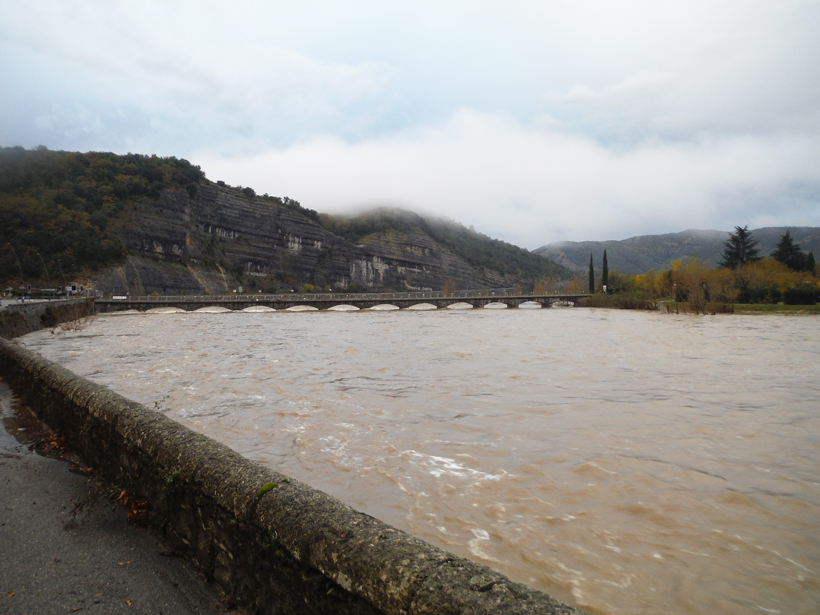Source: Water Resources Research
Natural climatic cycles such as the El Niño–Southern Oscillation and the North Atlantic Oscillation (NAO) can have a strong influence on floods and other weather events across the globe. As a result, measures of these climatic cycles’ strength could help predict how hydrological phenomena could unfold.
However, standard indices that quantify the cycles’ intensities often reduce these large-scale, three-dimensional phenomena to a single number. As a result, these indices may vary strongly in their predictive ability from place to place. As Renard and Lall found, basing predictions on a model that uses raw climatic data yielded more reliable predictions in a case study involving floods.
Climate fields are defined as observations of a climatic variable that spans a large spatial domain. Because a climate field does not reduce data to a single number, the authors suggest it could produce more accurate predictions than a numerical climate index might, at least in those regions where standard climate indices have little predictive ability.
The authors built a two-step probabilistic model that relies on a climatic field to predict the occurrence of floods in an area. The approach uses a probabilistic model to extract from the climate field the most relevant information for the target area. From there, the authors do another set of calculations that provide the probabilities of occurrence of these extreme events.
To test their framework, the authors pitted it against three climate indices: the NAO index, the Scandinavian pattern, and the east Atlantic–western Russia oscillation. In their case study, the authors compared their predictions for the number of autumn floods in 16 catchments in southern France against predictions informed by the three climate indices.
The authors found that their model made much more reliable predictions than the indices did. In particular, under specific climate conditions, their model was able to predict the occurrence of extreme events with high probability, whereas predictions based on climate indices did not have the capacity to make such predictions. The authors say that although their method holds promise, future work should scrutinize the assumptions that the model makes about the relationships between climate and hydrology. (Water Resources Research, doi:10.1002/2014WR016277, 2014)
—Puneet Kollipara, Freelance Writer
Citation: Kollipara, P. (2015), What climate information is most useful for predicting floods?, Eos, 96, https://doi.org/10.1029/2015EO032981. Published on 24 July 2015.
Text © 2015. The authors. CC BY-NC 3.0
Except where otherwise noted, images are subject to copyright. Any reuse without express permission from the copyright owner is prohibited.

